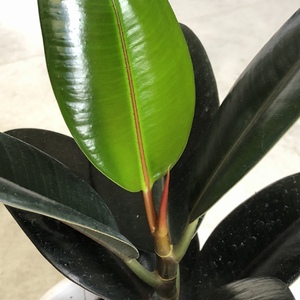文章
Miss Chen
2018年07月06日

The dreaded aphid is only one of several leaf-eating insects that can take over your pepper plants and destroy your vision of an abundant pepper harvest. Dealing with chewing insects is one of the most difficult aspects of raising pepper plants, however there are a number of safe methods for getting rid of these insects and keeping your pepper plants healthy and thriving. Maintenance is generally required with any type of insect removal to prevent the insects from returning. Make your own insect spray to controls aphids, using common household items.

Use finely chopped garlic.
Finely chop the garlic with a knife on a cutting board. Measure the vegetable oil, garlic and hot sauce, and mix in a small bowl. Allow to stand overnight.

Pour mixture in a spray bottle.
Strain the mixture the following morning, and add the water. Add the dishwashing soap and stir gently with a mixing spoon. Pour mixture into a spray bottle.

Concentrate on the underside of plant leaves.
Spray the leaves of the pepper plants thoroughly with the solution. Concentrate the spray on the underside of the leaves, where chewing insects often appear. Repeat weekly or as necessary. Keep a close watch on the plants to make sure insects do not return. Store any unused mixture in a sealed container in your refrigerator for later use.

Use finely chopped garlic.
Finely chop the garlic with a knife on a cutting board. Measure the vegetable oil, garlic and hot sauce, and mix in a small bowl. Allow to stand overnight.

Pour mixture in a spray bottle.
Strain the mixture the following morning, and add the water. Add the dishwashing soap and stir gently with a mixing spoon. Pour mixture into a spray bottle.

Concentrate on the underside of plant leaves.
Spray the leaves of the pepper plants thoroughly with the solution. Concentrate the spray on the underside of the leaves, where chewing insects often appear. Repeat weekly or as necessary. Keep a close watch on the plants to make sure insects do not return. Store any unused mixture in a sealed container in your refrigerator for later use.
0
0
文章
Miss Chen
2018年07月05日

Whether your lettuce will regrow when you cut it depends on the type of lettuce in question. It also depends on the weather, and when you cut the lettuce within its growth cycle.

Types
Lettuce comes in five types: leaf, crisphead, butterhead, romaine (also called cos), and stem. Leaf lettuce will grow back up to three times if you cut it, according to plant expert and nursery owner Rose Marie Nichols McGee.
Time Frame
Lettuce is temperature sensitive, and quickly turns bitter and goes to seed when temperatures get too hot. Therefore, to successfully trim your leaf lettuces and have them regrow, you must plant early enough in the spring to have time for the lettuce to grow back after you trim it. Check with your local county extension office for the best planting times for your area.

Method
Called "cut-and-come-again harvesting" by Rose Marie Nichols McGee and the University of Maryland College of Agricultural and Natural Resources, cut your leaf lettuce with sharp shears when it reaches 6 to 10 inches high. Water and fertilize it to harvest again in two to three weeks. Stagger harvests and seed sowing to have a continual harvest before cool spring turns into hot summer.

Types
Lettuce comes in five types: leaf, crisphead, butterhead, romaine (also called cos), and stem. Leaf lettuce will grow back up to three times if you cut it, according to plant expert and nursery owner Rose Marie Nichols McGee.
Time Frame
Lettuce is temperature sensitive, and quickly turns bitter and goes to seed when temperatures get too hot. Therefore, to successfully trim your leaf lettuces and have them regrow, you must plant early enough in the spring to have time for the lettuce to grow back after you trim it. Check with your local county extension office for the best planting times for your area.

Method
Called "cut-and-come-again harvesting" by Rose Marie Nichols McGee and the University of Maryland College of Agricultural and Natural Resources, cut your leaf lettuce with sharp shears when it reaches 6 to 10 inches high. Water and fertilize it to harvest again in two to three weeks. Stagger harvests and seed sowing to have a continual harvest before cool spring turns into hot summer.
0
0
成长记
Plantlin
2018年07月01日

I bought this as an agave nigra, only I wonder if it really is one... I didnt remember the sawlike structure on the bottom half of the leaf... I will investigate!




1
0





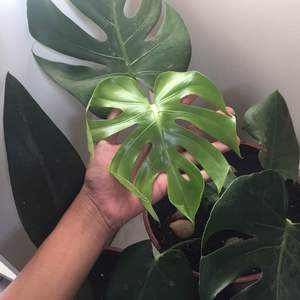



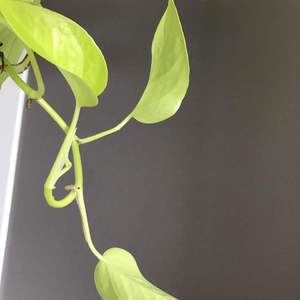
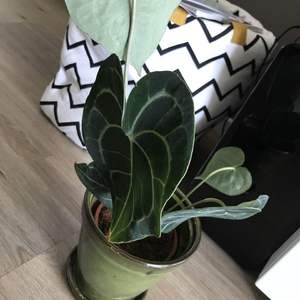



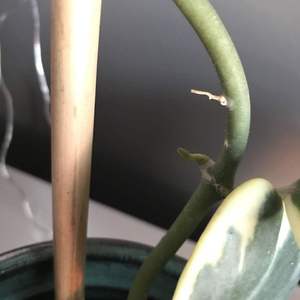





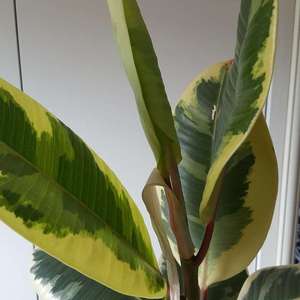

![Looks like the FLF leaf cuttings I gave to [1000033249: @WS ] can root. It's tricky trying to pot them in soil though. The roots look fragile. Looks like the FLF leaf cuttings I gave to [1000033249: @WS ] can root. It's tricky trying to pot them in soil though. The roots look fragile.](https://img.lrgarden.cn/feed_pic/p300/19/7/2002088979_2002010315_1529682823.jpg?101)
![Looks like the FLF leaf cuttings I gave to [1000033249: @WS ] can root. It's tricky trying to pot them in soil though. The roots look fragile. Looks like the FLF leaf cuttings I gave to [1000033249: @WS ] can root. It's tricky trying to pot them in soil though. The roots look fragile.](https://img.lrgarden.cn/feed_pic/p300/20/7/2002088980_2002010315_1529682823.jpg?101)
